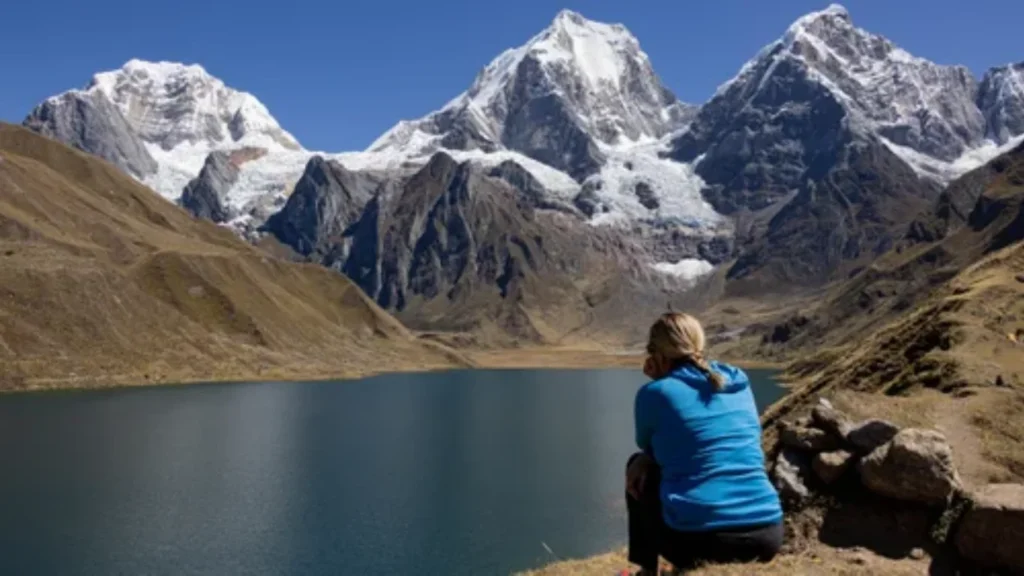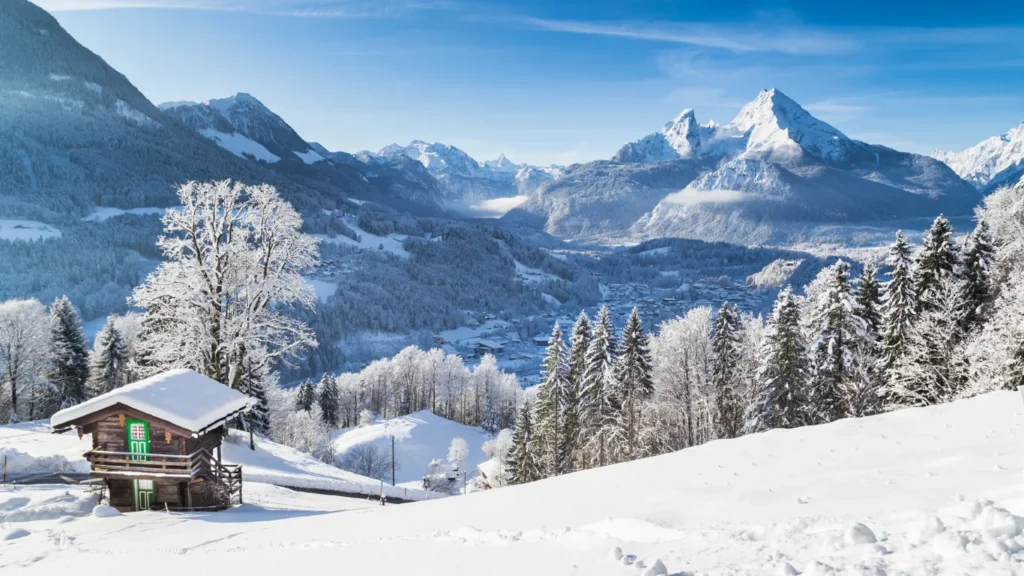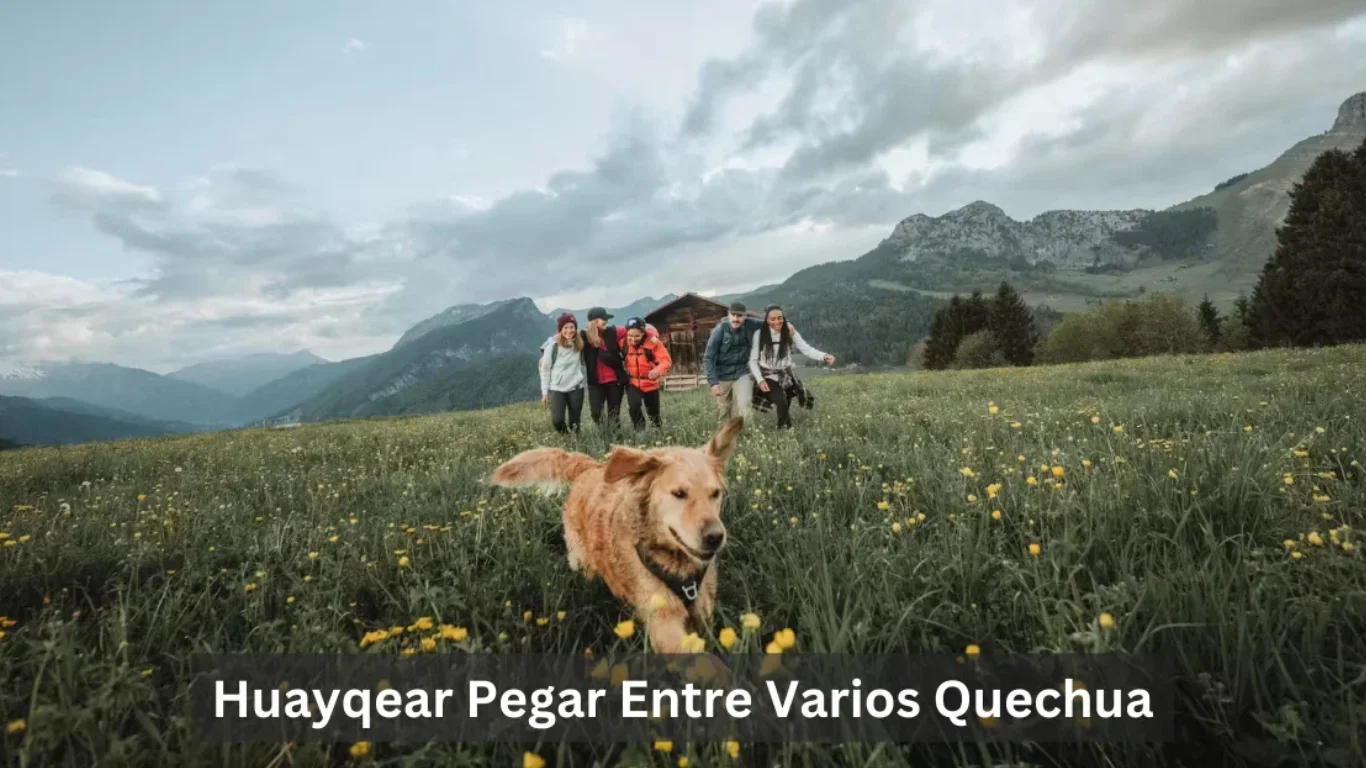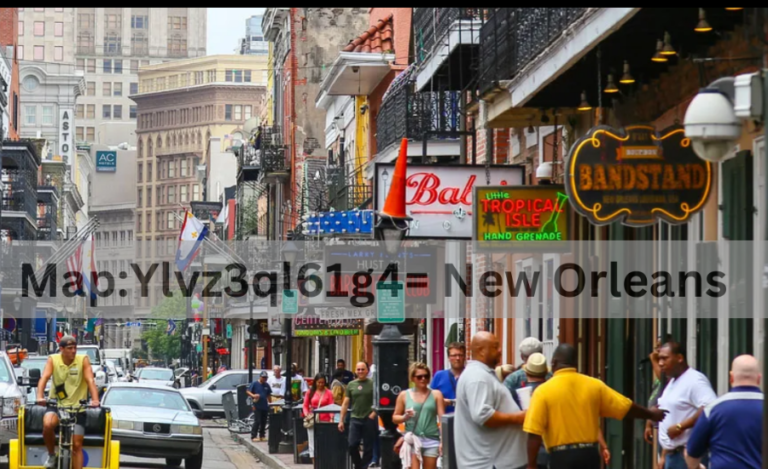Huayqear Pegar Entre Varios Quechua: Understanding, Quechua Language, Culture, Context And More
Huayqear Pegar Entre Varios Quechua: One of the most extensively spoken indigenous languages in South America is Quechua, sometimes referred to as Runasimi. This language has a vast and complex history that continues to impact modern life, with roots in the ancient Inca civilisation. For many South American communities, Quechua continues to be a vital component of their cultural identity even after centuries of colonial impact and linguistic blending with other languages, like Spanish.
The use of Spanish vocabulary in conjunction with native words to create a distinctive linguistic fusion is one intriguing feature of Quechua. The evolution of the language to incorporate forceful behaviours while retaining its uniqueness is demonstrated by two such words: pegar and huayqear.
The significance of the term Huayqear Pegar Entre Varios Quechua will be discussed in this talk, along with how it represents the language’s function in communication, cultural expression, and the continuous evolution of linguistic legacy. As Quechua continues to evolve to meet the requirements of its speakers, an understanding of these concepts enables us to recognise the dynamic interplay between language, culture, and history.
By delving into the meanings and cultural context behind these words, we gain valuable insight into how Quechua has evolved and remains a living, breathing language that carries centuries of history.
Understanding “Huayqear Pegar Entre Varios Quechua” in Quechua Language and Culture
In the Quechua language, the phrase “Huayqear Pegar Entre Varios Quechua” signifies a forceful or unauthorized act of taking something, often without the consent of its rightful owner. This term is not simply about acquiring an object but conveys a deeper sense of aggression or dominance, emphasizing that the action is done against the will of others.
For instance, the phrase “Huayqeashqa runakunamanta” translates to “He took it forcefully from the people,” highlighting the intensity of the action and its social repercussions. This expression reflects not only the physical aspect of taking but also its broader implications for community relationships. In Quechua culture, the act symbolizes a breach of harmony and respect, values that are deeply embedded in their social fabric.

The Context of “Huayqear Pegar Entre Varios Quechua” Across Time
Historically, the concept of “Huayqear Pegar Entre Varios Quechua” could be associated with violent acts such as pillaging or looting during periods of conflict, like the expansion of the Inca Empire. The act of taking resources by force was often a hallmark of conquest, emphasizing power and control. In contemporary times, this phrase may be used to describe instances of theft or disputes within both rural and urban Quechua-speaking communities.
While modern changes, such as urbanization and bilingualism, have influenced the language, the term “Huayqear Pegar Entre Varios Quechua” remains significant in expressing the societal importance of respect, peaceful coexistence, and communal balance. It serves as a reminder of the cultural norms that guide behavior within Quechua communities.
Cultural Implications and Ethical Importance
In Quechua worldview, actions like “Huayqear Pegar Entre Varios Quechua” are seen as cultural violations. The act of forcibly taking something goes beyond mere physical aggression—it disrupts the equilibrium of social and spiritual harmony that Quechua culture deeply values. Whether it pertains to natural resources, relationships, or community interactions, balance is considered sacred. Therefore, the forceful taking of an item is viewed as a serious breach of ethics, threatening the peace and unity that Quechua communities hold dear.
Historical Significance of the Quechua Language
One of the most significant indigenous languages in South America is Quechua, sometimes referred to as Runasimi. The main language of the Inca Empire, which included sections of modern-day Peru, Bolivia, Ecuador, and Colombia, was Quechua, which originated in the Andean mountains. Quechua is one of the most frequently spoken indigenous languages in the Americas, with between 8 and 10 million speakers today. For Andean tribes, Quechua has evolved into a crucial emblem of cultural identity in addition to being a means of communication.
The Andean region’s linguistic environment changed dramatically in the 16th century with the entrance of the Spanish. Many Spanish words were incorporated into the Quechua language as a result of Spanish colonisation, which also brought new social systems. In many Quechua-speaking regions, bilingualism consequently became widespread, with Spanish impacting not only the vocabulary but also specific grammatical and phonetic features.
Over time, Quechua continued to evolve, giving rise to several regional dialects. Despite having distinct linguistic traits, the dialects used in places like Cusco, Peru; Bolivia; and Ecuador all preserve essential components of the original Quechua language. Even as the language adopts new influences, its plasticity has allowed it to endure in the modern era.
Understanding “Huayqear” in Quechua
The term huayqear in Quechua typically refers to the act of forcibly taking something, often without consent. It conveys a sense of aggression, where an individual seizes an object from another person, typically with physical force. Such actions are seen as disruptive within Quechua communities, where maintaining harmony and respect is paramount.
In different dialects of Quechua, the word huayqear may be used slightly differently. In Cusco Quechua, it continues to imply a forceful act of taking, while in Bolivian Quechua, alternative terms like qaqar may be used in similar contexts. Despite these regional variations, the fundamental meaning of an unwanted, forceful action remains consistent throughout Quechua-speaking areas.
The use of huayqear in conversation is often associated with moments of conflict or social disruption. It highlights instances where the peaceful balance of the community has been disturbed, which carries cultural significance in Quechua-speaking societies, where communal harmony is highly valued.
The Role of “Pegar” in Quechua and Its Spanish Origins
The word pegar, borrowed from Spanish, is another example of linguistic adaptation within Quechua. In Spanish, pegar generally means “to hit” or “to stick,” and these meanings are retained in Quechua. However, the context in which pegar is used can differ depending on the speaker’s intent and the specific dialect.
In rural areas where Quechua remains more traditional, pegar might still primarily refer to physical aggression. However, in urbanized regions or among bilingual speakers, the meaning of pegar can expand to include ideas of connection or attachment, reflecting the broader influence of Spanish-speaking culture.
The use of pegar is most common in areas like Cusco, where bilingualism is widespread, and Spanish is often integrated into everyday speech. In contrast, rural communities in Bolivia and Ecuador tend to use different Quechua words in place of pegar, although the influence of Spanish remains present, especially among younger generations.
Regional Variations and the Evolution of Quechua
Quechua is a group of similar dialects spoken over a large geographic area rather than a single, monolithic language.Every area where Quechua is spoken has its own distinct linguistic style.For example, both huayqear and pegar are widely used in Cusco, Quechua, with the latter still having a lot of its original Spanish meaning.

Depending on local linguistic traditions, alternative names may be used in places like Bolivia and Ecuador in place of huayqear or pegar.Nonetheless, Spanish has a strong influence in each of these areas.Quechua is incorporating more and more Spanish loanwords, especially in metropolitan areas where bilingualism is more prevalent.
Rural populations continue to keep more of the indigenous Quechua lexicon, while urban Quechua speakers prefer to employ more Spanish phrases, particularly in everyday situations.However, even in these regions, newer generations are using more Spanish vocabulary in their speech, indicating that the language is still developing.
Benefits of Central Heating
1. Even and Consistent Heating
Central heating systems are known for providing consistent and evenly distributed warmth throughout the home. This ensures that each room maintains a comfortable temperature, making your living space more inviting, especially during colder months.
2. Improved Temperature Control
Today’s central heating systems are equipped with advanced thermostats and smart controls, which allow you to adjust the temperature according to your preferences and schedule. This feature not only enhances comfort but also helps in managing energy consumption more efficiently.
3. Potential Increase in Property Value
Homes equipped with central heating are often more attractive to potential buyers. As central heating is a sought-after feature, it could increase the market value of your property, making it a wise investment if you plan to sell in the future.
Variations in Quechua Usage Across Different Regions
Cusco Quechua: Tradition and Modern Influence
Cusco, historically the heart of the Inca Empire, remains a key center for the Quechua language, with Cusco Quechua being one of the most traditional forms still spoken today. This variant of the language retains many features from the Inca period, including specific terms that carry deep historical and cultural significance. In this region, terms like “Huayqear Pegar Entre Varios Quechua” continue to describe actions that are forceful and disruptive, reflecting the community’s value on social harmony and respect.
However, as a result of centuries of Spanish influence, the word “pegar” has also gained traction in everyday speech, particularly among younger generations. This shift reflects a growing bilingualism in the region, with Spanish increasingly integrating into the local Quechua lexicon, especially in more urbanized areas.
Bolivian Quechua: Shifts in Terminology and Usage
In Bolivia, Quechua is spoken across a variety of dialects, and the words used to express actions like force or aggression can differ significantly from region to region. While “Huayqear Pegar Entre Varios Quechua” is still understood in Bolivia, “pegar” has largely taken precedence, especially in more urban areas. This reflects the influence of Spanish, where “pegar” can refer to both physical impact and attachment, broadening its meaning beyond its traditional roots.
In rural areas of Bolivia, however, traditional Quechua words, including variations of “Huayqear,” are still more commonly used, showing the persistence of older linguistic patterns despite the dominance of Spanish in the country’s larger cities.
Ecuadorian Quechua: Preserving Tradition Amidst Change
In Ecuador, Quechua continues to be widely spoken, especially in the highland regions where the language is deeply woven into the fabric of local identity. Ecuadorian Quechua has managed to preserve many of the older vocabulary and expressions that are central to the culture, such as “Huayqear Pegar Entre Varios Quechua.” Though the influence of Spanish is evident—especially in urbanized areas—Ecuadorian speakers maintain a strong attachment to their linguistic traditions.
Efforts are underway to ensure the survival of these traditional forms through education and media, ensuring that Ecuadorian Quechua remains an important part of national heritage. This focus on cultural preservation highlights the region’s commitment to protecting its unique language despite external pressures from modern languages like Spanish.
The Influence of Spanish on Quechua Language and Culture
Spanish has been incorporated into Quechua, resulting in a dynamic linguistic context where the two languages interact and influence one another. In Quechua, Spanish loanwords such as “pegar” have become widely used, especially in bilingual societies. These terms can facilitate communication between speakers of the two languages, but they also pose a threat to the cultural value and original vocabulary of Quechua.
Speakers of Quechua frequently have to strike a balance between the necessity to adapt to the modern environment and the preservation of traditional linguistic forms. While some community members support a more flexible viewpoint, viewing the addition of new terminology as a natural evolution that maintains the language relevant in today’s society, others support a “purist” approach, which seeks to shield the language from outside influences.
There are advantages and disadvantages to this combination of Spanish and Quechua. It makes it easier for speakers to navigate a multilingual environment, but it also runs the risk of weakening the unique cultural identity that is linked to language.Notwithstanding these conflicts, this fusion shows how resilient Quechua-speaking people are, maintaining their traditions while adjusting to the shifting linguistic environment.
Actions to Preserve and Rejuvenate Quechua
Organisations like UNESCO have started international programs to preserve indigenous languages because they recognise the importance of the Quechua language.Due to its historical connections to the Inca Empire as well as the fact that newer generations are increasingly choosing Spanish or other dominant languages, Quechua in particular has been identified as a language at risk of collapse.In addition to international acknowledgement and financial assistance, UNESCO’s preservation initiatives seek to guarantee Quechua’s survival.
At the local level, community-based education initiatives and grassroots activities are essential to the Quechua’s protection.In many rural areas where Quechua is still spoken, educators and activists are attempting to teach the language in schools, promote its use in daily life, and revitalise old terminology.These programs enable generations of all ages to rediscover their linguistic roots. Furthermore, community-driven initiatives like publishing media, music, and literature in Quechua are crucial to maintaining the language’s vibrancy and accessibility.
Technology has shown to be a very useful instrument in the digital age for aiding with language preservation initiatives.From Quechua-speaking radio stations to language-learning websites, technology provides new avenues for the next generation to interact with their native tongue.Learning and sharing Quechua is made easier by apps, social media, and digital tools like online dictionaries, which also provide language enthusiasts worldwide access.
The Cultural Importance of Quechua Language
The Quechua language is not only a means of communication but also an embodiment of the community’s values, worldview, and cultural identity. Terms such as “huayqear” highlight the importance of maintaining social harmony and respect, representing acts of force that disrupt these core values. On the other hand, many Quechua expressions reflect the culture’s emphasis on cooperation, balance with nature, and the practice of reciprocity.

Language plays a central role in shaping and preserving cultural identity. For Quechua-speaking communities, keeping the language alive is essential to maintaining their connection to ancestral traditions and collective memory. Despite external influences, such as Spanish colonization and modern globalization, Quechua remains a crucial part of these communities’ cultural heritage.
For indigenous peoples worldwide, language is a powerful symbol of resistance and resilience. Quechua-speaking communities have endured centuries of cultural and linguistic pressure to assimilate. Yet, by continuing to speak and teach Quechua, they assert their cultural sovereignty and preserve their traditions. Whether through oral storytelling, modern educational initiatives, or local activism, the continued use of Quechua represents both the survival of the language and the strength of indigenous cultures in the face of ongoing challenges.
Quechua’s Growing Influence in the Modern Era
In recent years, Quechua has gained increasing global attention as researchers and linguists work to document and preserve indigenous languages. Once primarily spoken in rural areas of Peru, Bolivia, and Ecuador, Quechua has now become a key area of academic study. Scholars are exploring the language’s deep cultural significance, including specific expressions like “Huayqear Pegar Entre Varios Quechua” and “pegar,” to better understand how language shapes identity and cultural practices.
Additionally, Quechua has found a place in popular culture through films, music, and literature, significantly raising its global profile. This resurgence is part of a larger global movement that highlights the importance of recognizing and celebrating indigenous languages, ensuring that they continue to thrive in the modern world.
The Significance of Preserving Indigenous Languages Today
In a world increasingly shaped by cultural globalization, preserving languages such as Quechua is more important than ever. A language is not just a tool for communication; it is also a fundamental expression of cultural identity. Terms like “Huayqear Pegar Entre Varios Quechua” and “pegar” provide a window into the Quechua worldview, which emphasizes values such as harmony, mutual respect, and interconnectedness.
Despite centuries of colonization, urbanization, and linguistic pressure, Quechua has shown remarkable resilience. The continued use and evolution of the language serve as a powerful testament to the strength and endurance of indigenous communities. As the language continues to adapt and flourish, expressions like “Huayqear Pegar Entre Varios Quechua” and “pegar” remain not only linguistic markers but also symbols of cultural survival and identity.
Read More: Kiriam Dubrovnik YGWBT
Final Words
More than merely a language endeavour, Quechua’s revival and preservation represent a movement that respects and protects indigenous communities’ cultural heritage. Both native speakers and non-speakers are continually motivated by Quechua’s rich history and strong ties to ideals like reciprocity, balance, and respect as interest in indigenous languages around the world develops. By promoting and honouring Quechua, we make sure that next generations will be able to accept and preserve a language that has endured for millennia, signifying the tenacity of indigenous cultures and their unwavering spirit.
For an authentic journey into language, culture, and history, explore the rich legacy of Quechua at Lep Bound.






